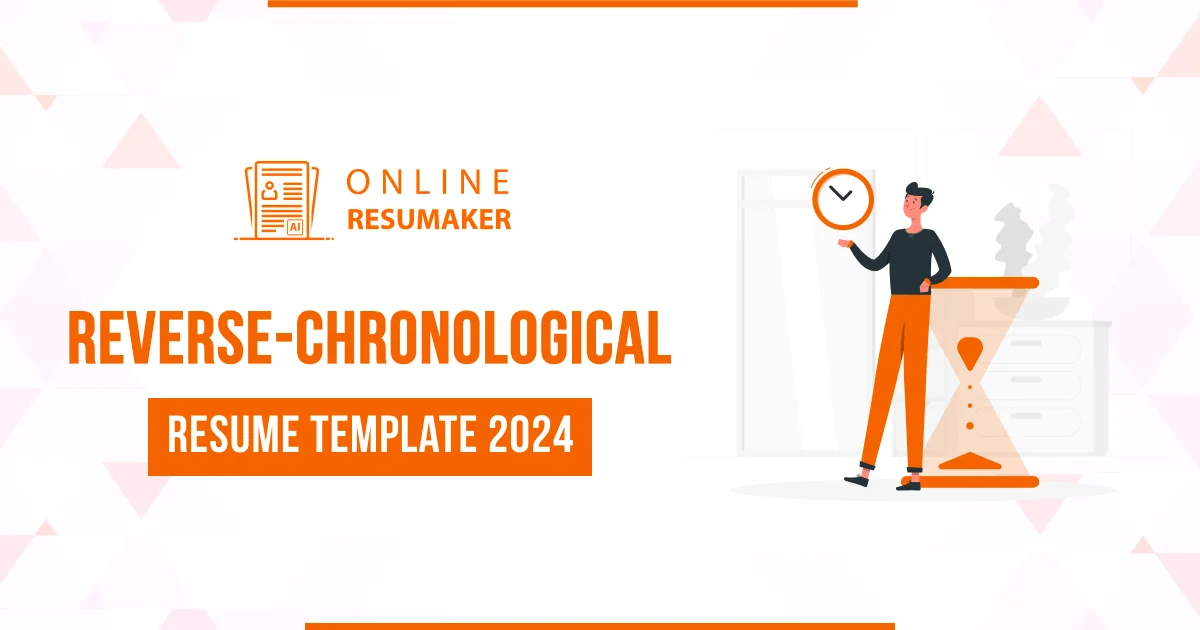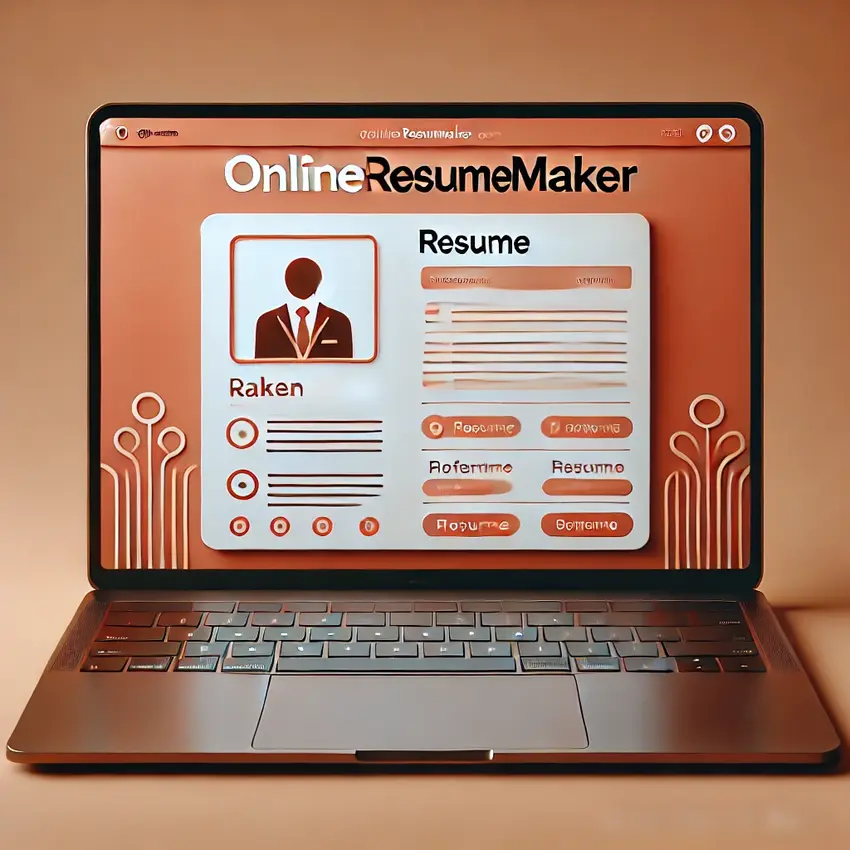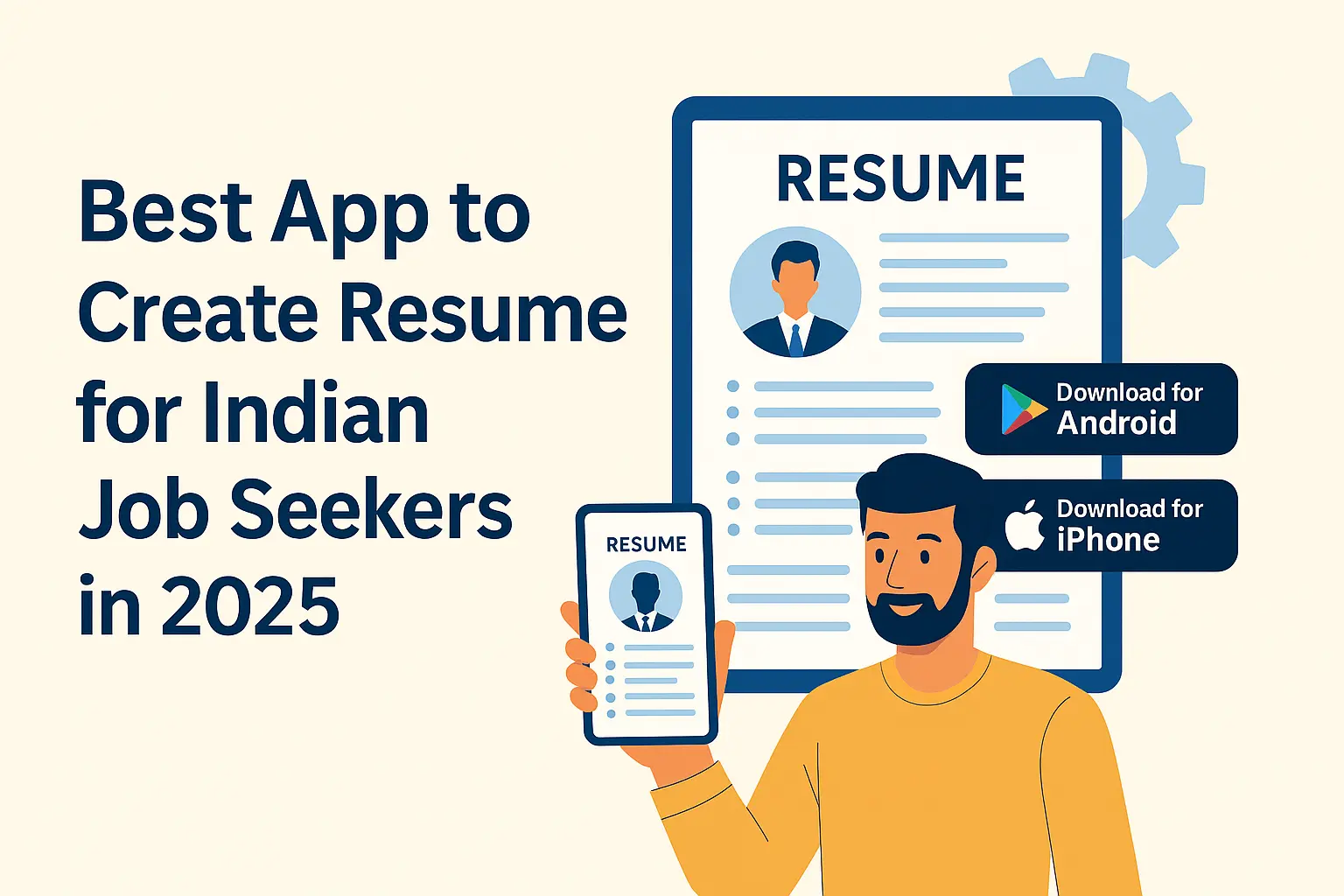
Charles Dickens
Career Expert
2024-01-02 15:43:09

Have you ever thought why some resumes get attention at first sight while others do not?
Hiring managers quickly go through a lot of applications and make split-second decisions based on the overall appearance. Now, think about your own resume. Does it have that 'wow' factor? In a world where first impressions matter, the formatting of your resume can make or break your chances.
Make sure your experience is well highlighted and grabs the attention of potential employers the moment they see your resume in order to guarantee that you will stand out in their company.
Three Resume Formats:
The first thing you should be aware of is that there are three standard resume formats:
- Reverse-Chronological
- Functional
- Combination/Hybrid
The experience-based resume format is also called reverse chronological resume. This will be the most popular and valuable resume format in 2024.
The skills-based resume format is another name for the functional resume.
Combining the elements of the both resume styles results in the hybrid or combination resume.
The primary distinction is that listing elements in different orders highlights different aspects of an applicant's experience.
Which Resume Format Is Ideal for Me?
You now understand the differences between the three primary resume formats. You are likely now curious about the best format for your resume.
You should choose the Reverse Chronological format if you are an experienced professional or trying to be hired in a field where you have a lot of expertise.
The Functional resume format is appropriate if you're applying for a job in the creative industry or for one that places more emphasis on your skill set than your employment history.
The drawback of functional resume format is that it hides your experience as it only focuses on skills.
The combination format is ideal if you want to be hired for a job that needs people with experience and skill.
Let's review reverse chronological resume style and see how you may use it to your advantage.
Reverse-Chronological Resume:
As previously stated, the reverse chronological resume format is expected to be the most widely used in 2024.
Content for a Reverse-Chronological Resume:
- Personal Information: Your details are your name, phone number, CNIC, location, and email address. You can occasionally offer helpful links, such as a LinkedIn or GitHub page.
- Objective: Your resume should include two to four sentences of your job purpose for applying for a particular position.
- Education section: Highlight your degrees with a completion date. Education should clearly tell your value to the hiring manager.
- Work Experience: This is a reverse chronological list of your work experience. List down achievements by using powerful keywords rather than listing responsibilities.
- Skills: List the abilities and skills relevant to the job you are applying for.
- Optional sections: Volunteering, projects, interests, portfolios, etc. They won't change the game, but they can assist in clearing some space.
How to List Work Experience in Reverse-Chronological Resume:
- Put your latest or current position on top. Then mention previous ones. This is how the reverse-chronological resume order works.
- List the dates worked, job title, and the name of the company for each position you held.
- Mention achievements on your resume, rather than responsibilities.
- Mention key achievements to make it more prominent.
- Mention all of them in bullet points by using positive buzzwords and phrases such as delivered, achieved etc.
- Mention the experience that’s relevant to the position you are looking for.
How to List Skills in a Reverse-Chronological Resume:
- Make a list of all the skills that you have. Mention your technical skills along with soft skills and hard skills.
- Mention the skills the hiring manager is looking for specifically. Note down these skills.
- These skills are exactly the ones you need to highlight on your resume. Highlight in bullet form.
- Select up to 10 of these skills and mention them in the skills section on your resume.
- Highlight your most important skills throughout your resume. Add a few to your work experience and resume profile as well.
What is the best resume format? After reading about the three most popular resume forms, you're undoubtedly thinking about the greatest.
Ideal to use Reverse-Chronological Resume Format
It is recommended to use a reverse-chronological resume format. It is the most popular and practical format of 2024.
Applicant tracking systems can read it without any issues. Hiring managers and recruiters are familiar with this format.
That's the most straightforward format if you're an experienced professional. Therefore, selecting one of the other two styles over the reverse chronological will be risky, even for highly qualified professionals, college students, or job changers.
The chances are high that the ATS won't read the resume, and the hiring manager will instantly throw it away after all the efforts you invested in writing it.
However, it's also possible that recruiters need to become more familiar with certain resume styles or believe that you are trying to hide your lack of expertise, in which case they will reject you.
Therefore, as a general rule, use the reverse chronological resume.
Formatting Guidelines for Resumes:
- Your resume should be one page long at maximum.
- Choose a font size of 10 or 12, and use it consistently throughout your resume.
- Select a font that is eye-catching and still professional, i.e., Roboto, Arial, or Times New Roman.
- Use standard, readable resume components. For instance, your experience should be called “Work Experienceâ€, not your "work history".
- Use bullet points to highlight achievements, academic information, etc.
- Format your resume consistently (e.g., use the same date format, rather than using November 2018 in one location and 11.2018 in another).
- Maintain proper line spacing. Your resume should be free of over-crowded content.
- Your resume should always be saved as a PDF. because it ensures that the layout of your resume will remain the same.
FAQs:
Q1: What is the correct format for a college student resume?
The reverse-chronological format is recommended for college student resumes. Despite limited experience, it's more widely accepted, ensuring transparency and compatibility to recruiters.
Q2: What is the best resume format for a job seeker with experience?
The reverse-chronological format is optimal for experienced job-seekers as it highlights professional progression, strengths, and qualifications from the beginning.
Q3: Is resume format important?
Yes, the chosen resume format is crucial. It dictates how information is presented and organized, impacting how quickly recruiters can assess your suitability for a position.
Q4: What resume template do employers prefer?
Reverse-chronological format is the most common resume format and is generally preferred by most hiring managers.
About The Author

Charles Dickens
Career Expert
2024-01-02 15:43:09
Charles is an accomplished resume writer dedicated to shaping impactful career stories. With extensive experience, Charles specializes in unraveling individual professional journeys and highlighting unique strengths to align with specific career goals. Having assisted diverse job seekers across various career stages, Charles emphasizes the transformative impact of a precisely tailored resume.





.webp)

